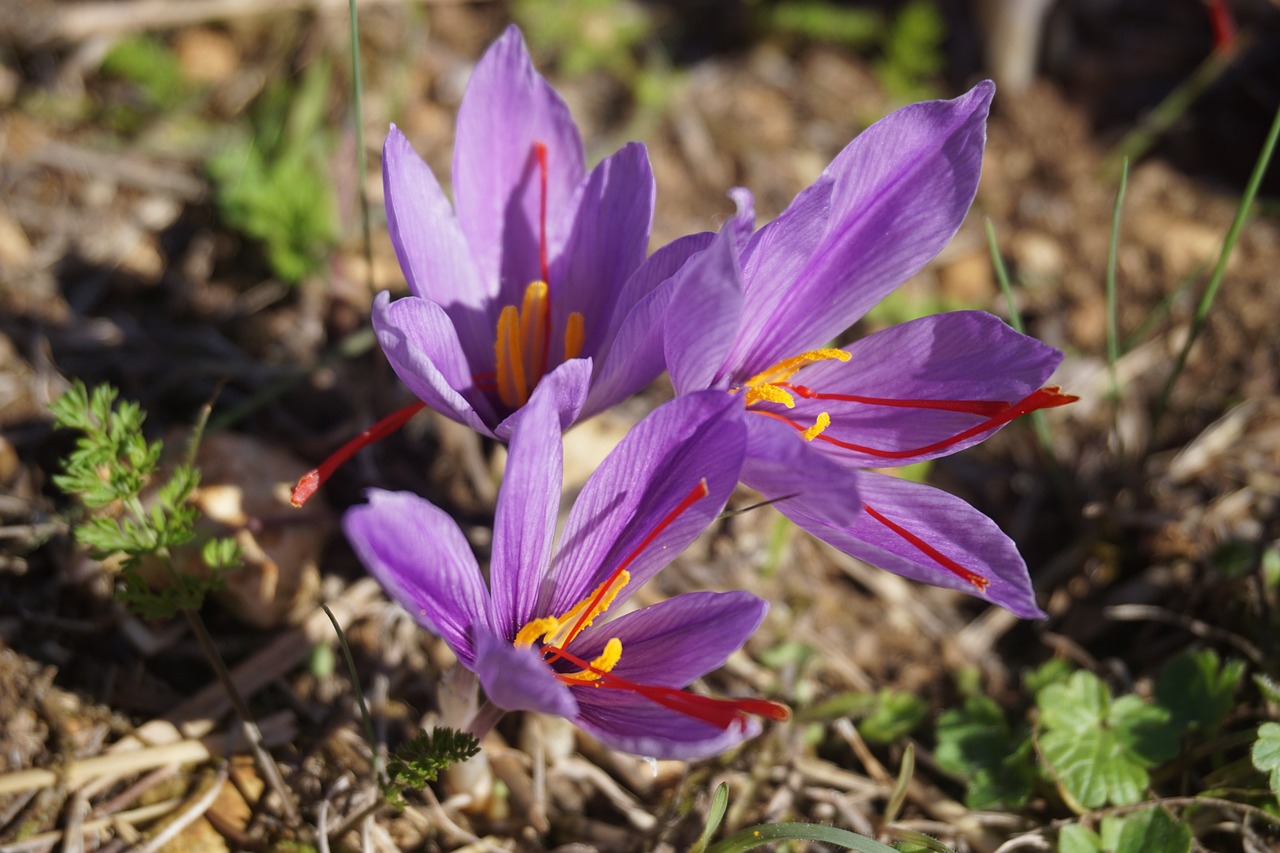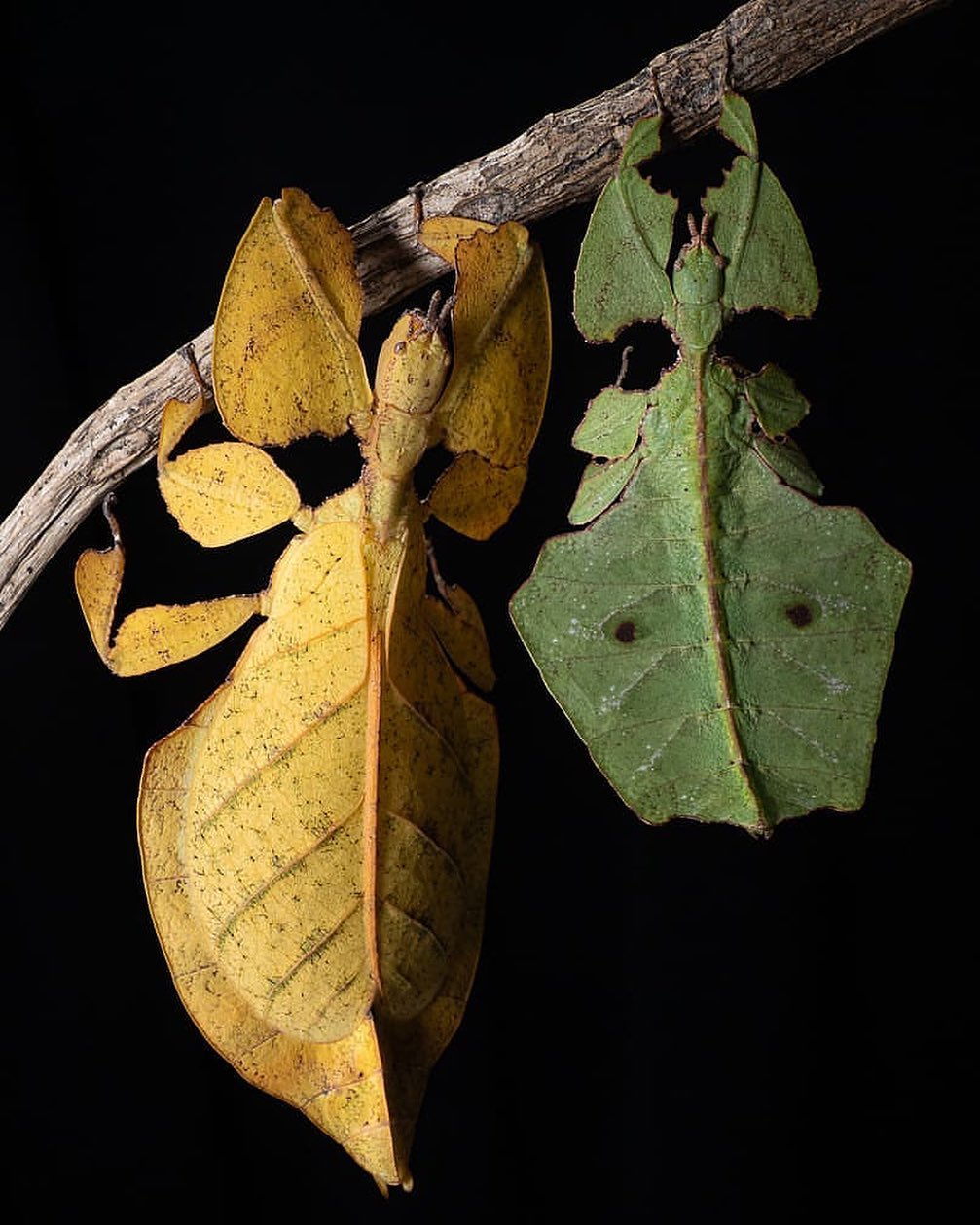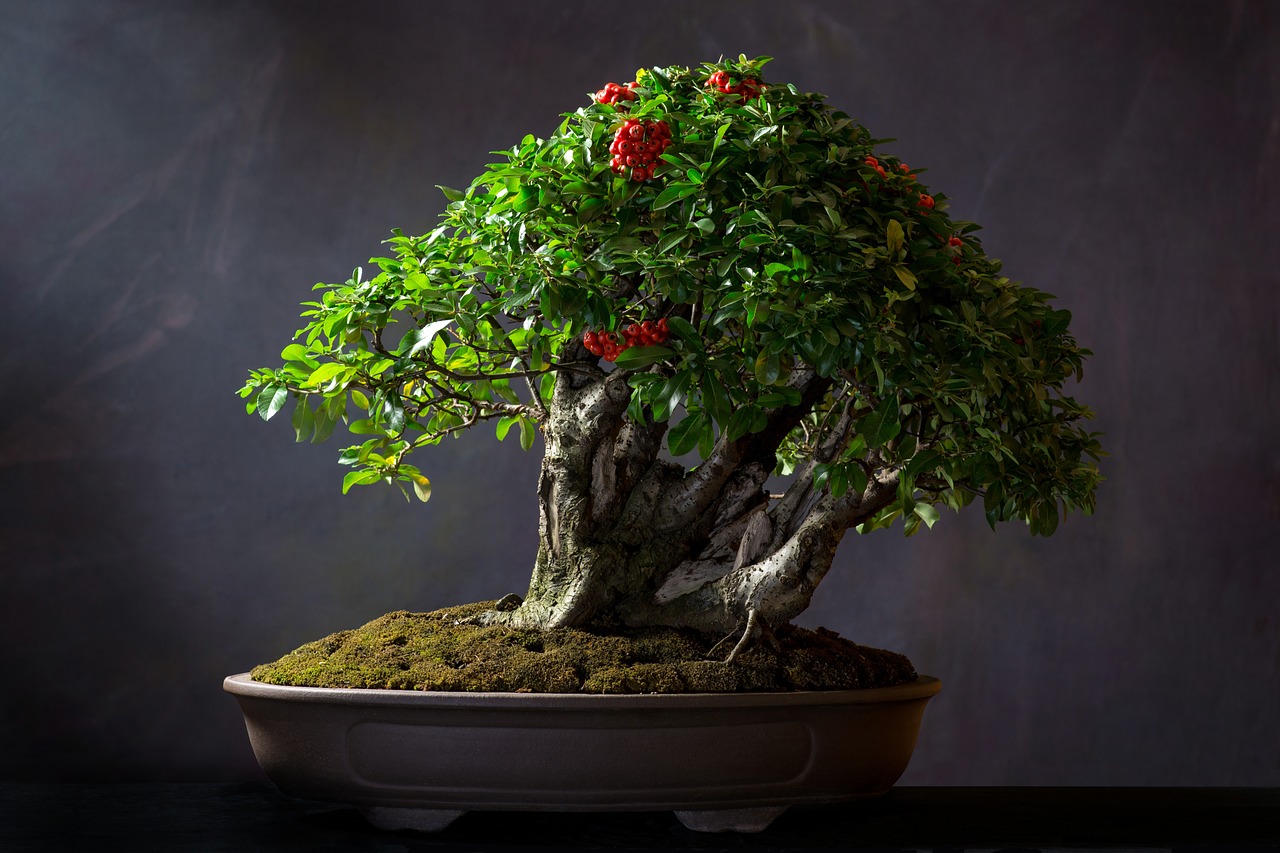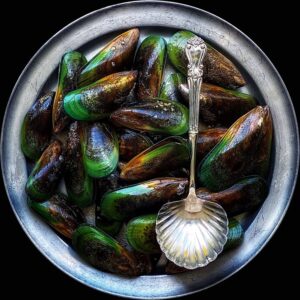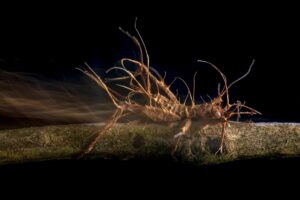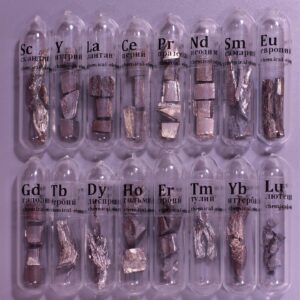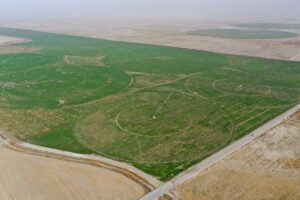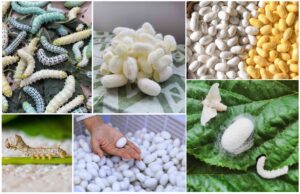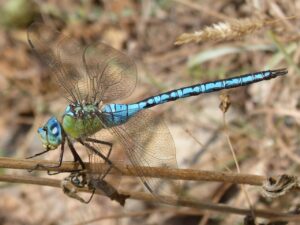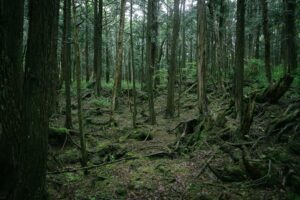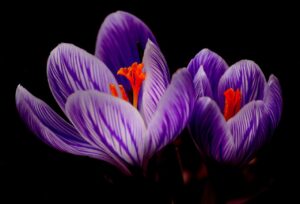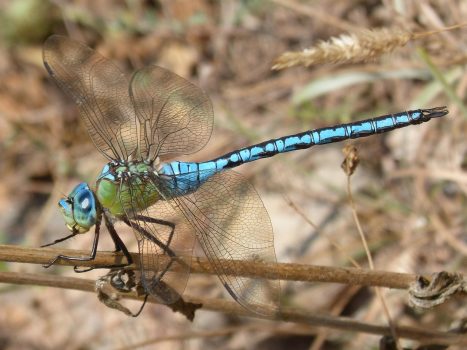 Pin
Pin Afbeelding van Marc Pascual via Pixabay
Step near a still pond on a quiet afternoon, and you might catch the glint of gossamer wings slicing through the air—swift, silent, and startlingly beautiful. Dragonflies have enchanted observers for centuries with their dazzling colors, agile flight, and mysterious ways. Yet their beauty isn’t just for show. These aerial artists are vital players in the natural world—guardians of balance, indicators of clean water, and tireless hunters of pests.
But there’s something else equally enchanting: the plants they’re drawn to. The connection between beautiful dragonflies and plants that attract them is more than coincidence—it’s an intricate dance of nature. Certain flowers and aquatic greens don’t just decorate landscapes; they invite life to flourish.
In this guide, we explore the top 10 largest dragonflies that awe with their size and elegance—and the plants that beckon them.
Table of Contents
1. The Emperor Dragonfly – Regal and Restless
 Pin
Pin Afbeelding van Marc Pascual via Pixabay
The Emperor dragonfly (Anax imperator) is among the largest in the world, often reaching a wingspan of 10 cm. Its striking blue body and green thorax shine in sunlight as it darts across still ponds and slow rivers. This species is known for its tireless flight and powerful presence. Spotting an Emperor is like witnessing royalty in the sky.
These dragonflies thrive near tall aquatic plants like water irises and rushes. The dense foliage offers shelter for their larvae and attracts prey like mosquitoes and midges. Their preference for lush, undisturbed habitats makes them a sign of ecological balance.
Gardeners hoping to draw them in need more than just water. Providing plant life like purple loosestrife or pickerelweed helps create a space where they can feed and breed. These beautiful dragonflies and plants that attract them work in harmony, creating an environment of vivid movement and natural elegance.
2. The Giant Petaltail – Ancient Beauty in the Forest
 Pin
Pin Image from Wikimedia Commons
The Giant Petaltail (Petalura gigantea) is a living fossil among dragonflies. Native to eastern Australia, it can span over 11 cm and is known for its slow, deliberate flight. Its earthy brown wings and long, graceful body blend with forested streams, where it glides like a shadow with a mission.
Unlike many dragonflies, the Giant Petaltail prefers moist, peaty soils and dense vegetation. It often nests near ferns, mosses, and moisture-loving plants like swamp lilies. These areas are teeming with insects, providing abundant food for both adults and their larvae, which burrow into soft earth near the roots.
This dragonfly doesn’t appear where the land is dry or disturbed. When native plants are replaced with manicured lawns, the species vanishes. Conservationists stress planting reeds, sedges, and maintaining natural water seepages to help these rare giants survive. Their presence signals a healthy, undisturbed corner of the world.
3. The Golden-ringed Dragonfly – A Flash of Gold in the Highlands
 Pin
Pin Image from Wikimedia Commons
The Golden-ringed dragonfly (Cordulegaster boltonii) is a standout with its bold black and yellow stripes, often mistaken for a flying wasp. At nearly 9 cm long, it dominates moorlands and upland streams across parts of Europe, especially the UK. Its high-speed patrols over water make it both a predator and a spectacle.
These dragonflies thrive in acidic waters flowing through heather-lined moors. Plants like bog myrtle and wild thyme near these streams support the delicate balance of insects the dragonfly depends on. The roots and grasses stabilize banks, allowing larvae to grow safely in streambeds for years before emerging.
Unlike tropical species, this dragonfly prefers cooler climates. When native vegetation is stripped away, their larvae have no cover. Conservation planting efforts that focus on rewilding moorland areas with native shrubs, wetland grasses, and shade plants have shown positive results. Their golden flash across a brook is nature’s quiet reward for thoughtful planting.
4. The Hawker Dragonfly – Tireless Hunter of Marshes
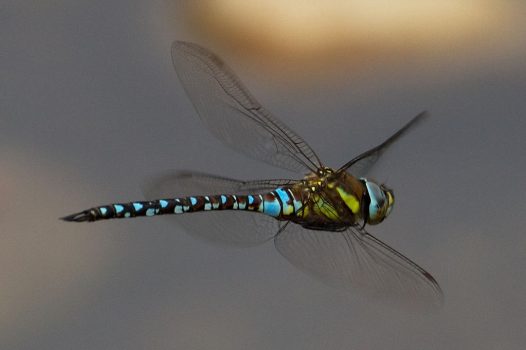 Pin
Pin Image from Wikimedia Commons
Hawker dragonflies, such as the Southern and Migrant Hawker, are energetic flyers with sleek, patterned bodies that can stretch up to 8 cm. They’re often seen weaving between reeds, tirelessly chasing smaller insects. Their rapid movements and clicking wingbeats bring life to marshlands and garden ponds alike.
These dragonflies are drawn to water bodies rich in emergent plants like horsetail, water mint, and yellow flag iris. Such vegetation offers resting spots, oviposition surfaces, and a base for food chains. The larvae cling to submerged stems, hidden but ready to ambush unsuspecting prey in the shallows.
Marshy gardens with open sunlight and clusters of wildflowers provide excellent hunting zones. In areas with controlled water features and native marsh plants, hawkers return year after year. Their acrobatic flights and sudden dives bring energy and balance to wetland ecosystems. Creating these mini-wetlands is a gift to both dragonflies and watchers alike.
5. The Green Darner – America’s Migrating Marvel
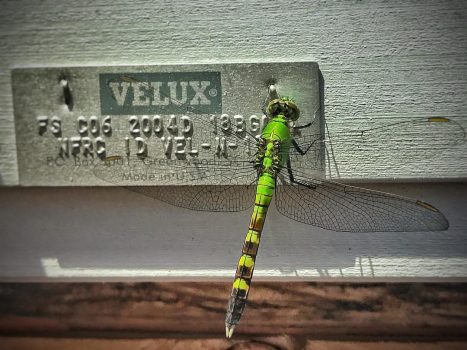 Pin
Pin Image by @sam.hughes.5855
The Green Darner (Anax junius) is one of North America’s largest and most recognizable dragonflies. Its bright green thorax and iridescent blue abdomen shine as it darts across lakes, ponds, and even coastal shores. Known for long migrations, this dragonfly travels thousands of kilometers each year, following seasonal warmth.
Green Darners breed in calm, open water where aquatic vegetation is present. Plants like cattails, arrowhead, and duckweed not only support the larvae but also attract the small insects adults feed on. The young nymphs spend months in these plant-rich shallows before becoming airborne adventurers.
Home gardeners with wide, shallow ponds lined with native water plants can attract this species during migration. A peaceful ripple over floating lily pads might suddenly be disturbed by the flash of their green torso. In some areas, entire clouds of these dragonflies fill the sky, signaling changing seasons and healthy waterways.
6. The Blue Dasher – Jewel of the Backyard Pond
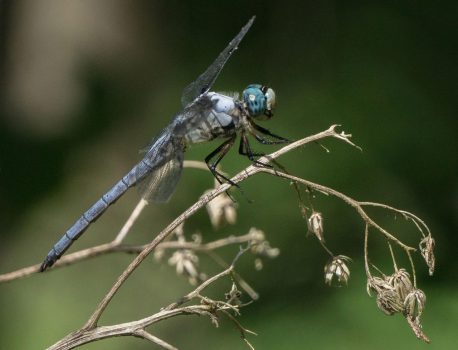 Pin
Pin Image by G Halpin from Pixabay
The Blue Dasher (Pachydiplax longipennis) may be smaller than others on this list, but its brilliance is unmatched. Males show off a powdery blue body and emerald eyes, often perching on reeds like winged sentinels. Despite their size, they are assertive and confident hunters, patrolling small ponds and ditches across North America.
These dragonflies are closely tied to water features surrounded by low vegetation such as swamp milkweed, water plantain, and pickerelweed. These plants attract insects that Blue Dashers prey on and also offer basking spots where they can absorb sunlight before flight. Their wings glisten when they take off from a blade of grass.
For those creating dragonfly gardens, shallow water with marginal plants and sun exposure is key. Blue Dashers don’t demand much space, but they do appreciate calm, unpolluted surroundings. With the right flora, even a backyard pond becomes a stage for these brilliant blue acrobats that appear every summer like clockwork.
7. The Scarlet Darter – A Flame in the Reeds
 Pin
Pin Image by Roland Steinmann from Pixabay
The Scarlet Darter (Crocothemis erythraea) is a visual blaze in motion. With a body that gleams crimson in sunlight, this medium-sized dragonfly is often seen basking on warm rocks or darting between reeds in southern Europe and parts of Asia. Its bold color and fearless flight make it hard to miss.
These dragonflies thrive in habitats with sunlit, shallow waters and rich marginal vegetation. Plants such as water crowfoot, sedge, and purple loosestrife attract the insects they feed on. The males often perch on these plants, scanning for rivals and potential mates, while the females lay eggs on submerged stems.
To draw them in, sun-drenched ponds with warm, still water and native flowering plants create ideal breeding grounds. Removing shade and allowing for natural plant growth invites these radiant dragonflies into any garden or wetland. When one flashes past like a red flame, it’s a moment of pure summer magic you won’t forget.
8. The Australian Tiger – Stripes on the Wind
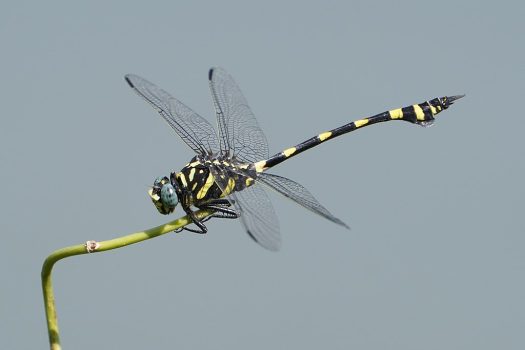 Pin
Pin Image from Wikimedia Commons
The Australian Tiger (Ictinogomphus australis) is a large, tiger-striped dragonfly often found gliding above slow-moving rivers and lagoons in the warmer regions of Australia. Its striking yellow-and-black markings make it easy to identify as it soars gracefully, sometimes holding its wings slightly forward like a glider.
This dragonfly relies heavily on aquatic ecosystems bordered by native rushes, paperbarks, and water lilies. The larvae develop in sandy or muddy substrates among plant roots, feeding on tiny aquatic creatures until it’s time to emerge. These natural filters provide both food and protection during the early stages of life.
Preserving riparian vegetation and limiting pollution are key to maintaining their habitats. In gardens near creeks or water channels, planting native reeds and maintaining still-water pockets can help support these majestic flyers. Their bold stripes and wide wingspan give the impression of a small bird in flight, adding movement and wonder to calm Australian wetlands.
9. The Broad-bodied Chaser – Bold Beauty of Garden Ponds
 Pin
Pin Image from Wikimedia Commons
The Broad-bodied Chaser (Libellula depressa) is instantly recognizable by its broad, flattened abdomen and shimmering blue or yellow body. Found across Europe, it often perches boldly on twigs or reeds near garden ponds, surveying its territory with confidence and swift aggression.
This species prefers newly created or recently cleared ponds with open, sunny banks. Aquatic plants like water forget-me-nots, brooklime, and water soldiers are ideal companions. These plants provide cover for larvae and perching spots for adults, while also attracting other insects for food. The chaser’s larvae grow rapidly in these nutrient-rich shallows.
Gardeners hoping to attract them should avoid overstocking ponds with fish and maintain open areas for sun. A mix of submerged and emergent plants encourages regular visits. With its fast, darting flight and willingness to stay near people, the Broad-bodied Chaser brings color, activity, and ecological balance to garden oases throughout the summer.
10. The Crimson Marsh Glider – Ruby Wings in the Tropics
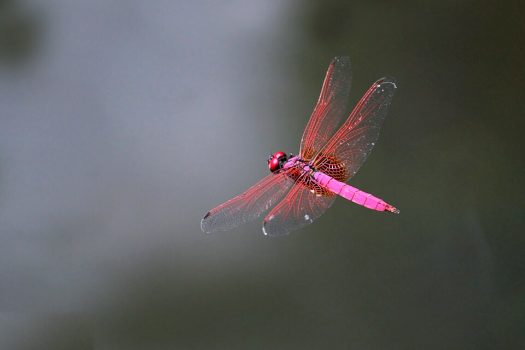 Pin
Pin Image from Wikimedia Commons
The Crimson Marsh Glider (Trithemis aurora) is a breathtaking sight with its translucent ruby-red wings and vivid magenta body. Commonly found across South and Southeast Asia, it favors tropical lowlands where warmth and humidity bring ponds and rice fields to life. The male’s coloration deepens as it matures, shining like a gem against the green.
These dragonflies are drawn to still or slow-moving water, often bordered by aquatic plants such as lotus, water hyacinth, and floating hearts. These plants support an ecosystem full of small insects and algae that nurture the larvae. They also offer surfaces for mating and egg-laying.
To welcome them into home landscapes, ponds must remain undisturbed and surrounded by native vegetation. Avoiding harsh chemical use helps keep the water clean for their sensitive larvae. With the right habitat, the Crimson Marsh Glider becomes a frequent visitor, painting the air with shades of red that shimmer and pulse in the afternoon light.
FAQs
Native aquatic plants such as water lilies, pickerelweed, cattails, and water mint are highly effective. These plants provide shelter for dragonfly larvae and attract the insects that adult dragonflies feed on. Avoid using chemicals or invasive species, as they disrupt the pond’s balance and repel dragonflies.
Yes, dragonflies are natural mosquito predators. Both larvae and adults feed on mosquitoes and other flying insects. Creating a habitat with still water and native wetland plants encourages dragonflies to stay and breed, helping reduce the mosquito population without harmful sprays.
No, dragonflies are harmless to both plants and humans. They don’t sting or bite people and don’t feed on plant matter. Instead, they play a helpful role by controlling pests and supporting pollination indirectly through the balance they bring to the ecosystem.
Large dragonflies can be found globally, depending on the species. For example, Emperor and Broad-bodied Chasers are common in Europe, Green Darners in North America, Crimson Marsh Gliders in Asia, and the Giant Petaltail in Australia. Wetlands, forested streams, and quiet ponds are their preferred habitats.
Ensure the pond has a shallow edge with plenty of aquatic vegetation and no aggressive fish. Add native plants like rushes, sedges, and water irises. Keep the area pesticide-free and leave some natural debris in the water to provide hiding spots for larvae. A calm, sunny pond invites dragonflies to stay.



